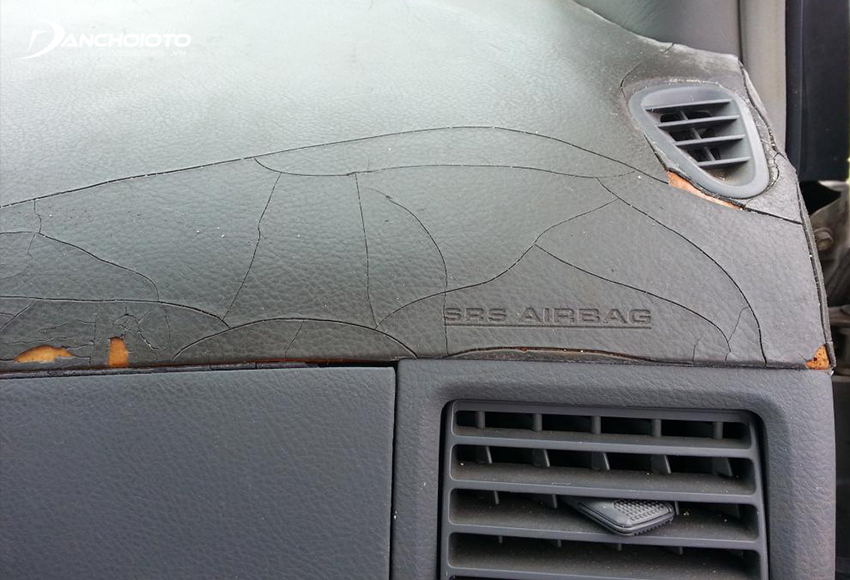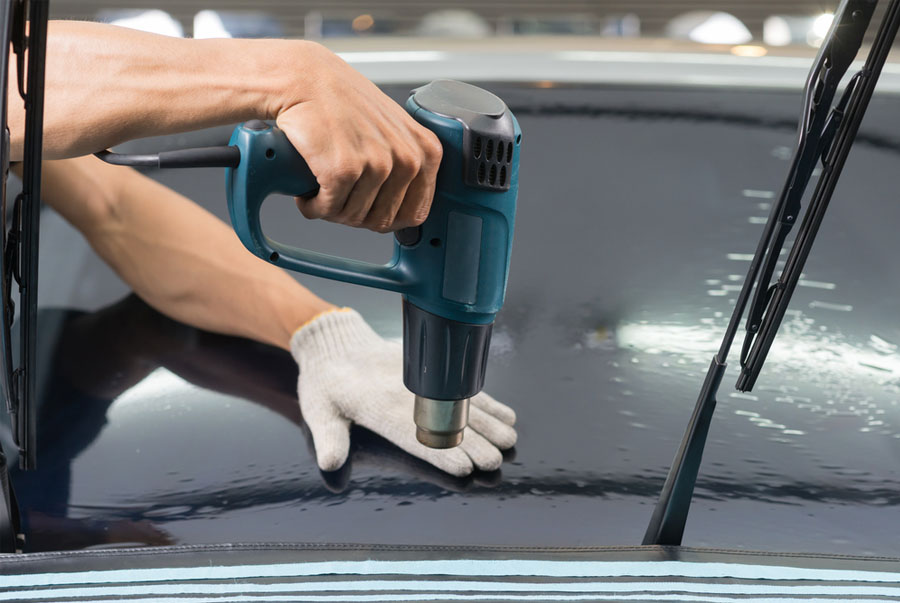Total Amount: ₫

With a country with a hot and humid tropical climate like in Vietnam, hot weather is always an obsession when going out. Although driving by car, the intense heat can still cause discomfort and affect the health of riders. Not to mention hot sun also harms the car, reducing the life of details, vehicle parts. On the other hand, the heat also makes users use large-capacity air conditioners more fuel consumption.
To overcome this situation, many anti-hot car solutions were born. When cars are required to park in the sun, car heatproof tarpaulins, car sun visors can be used to shield cars. However, when the vehicle is moving, it is not possible to use these types of canvas. So people started to switch to a more comprehensive way to heat cars, which is to insulate car insulation films.
Should automotive thermal insulation films?
Car glass is the place that absorbs heat and solar radiation, causing the most impact on the interior of the car as well as its users. Although the body of the tire is made of metal, the inside is reinforced with some other materials to support insulation. While the car glass occupies a lot of area, has a high level of light transmission, heat transfer and radiation absorption ... but the ability to shield is limited, so this is the main cause that causes the temperature in the car to rise.
.jpg)
However, it is not possible to use good insulation materials such as rubber, plastic ... to shield car glass. Because it will block the transmission, making the space inside the car very dark. But more importantly, the steering glass, rear glass and 2 front window glass must be transparent so that the driver can see around, ensuring safety when moving.
Many people use cloth sunshades or plastic nets to shade the windows. But this is just a way to help reduce sun, not much sunscreen effect, because it is difficult to prevent the glass from absorbing heat and radiation.
Thus, the most difficult problem is that using good insulation materials is obstructed, using many light transmitting materials is not insulating, preventing radiation well. But the advent of automotive window films has solved this difficult problem.
So far, there has not been any search for an alternative to film insulation, so 100% of new-generation cars still use insulation films.
related posts
Film insulation helps reduce glare, enhance privacy
Users will avoid annoyance from the sun causing blinding and eyestrain. Women, children, office workers sitting near the glass window system will see the best this optimization. In particular, the glass installed with insulating film has a greater reflection than the normal white glass, so the view from the outside to the inside will be more difficult, improving the privacy for activities inside the office and home. private.
Effective insulation film saves power
Glass systems, glass doors with integrated film will help reduce up to 95% of the heat from sunlight passing through the glass, help the indoor space cooler, air-conditioning faster and keep air cool to avoid escape through the glass window.
Car insulation film and things to know!
In fact, some film lines when stuck on affect the ability to observe, making many people afraid. The problem lies in the adhesive layer, poor quality tinted films have too thick glue layer unstable, often deformed or unevenly distributed after gluing, the heterogeneity of glue on the glass causes distortion phenomenon Figure (sometimes due to construction techniques, over-drying, causing the film to deform)
Safe, heat-resistant greenhouse films for offices
Greenhouse film is now a highly effective way to prevent harsh sunlight, while the installation cost is low. At LuxFilmPro, we specialize in providing the most prestigious types of insulating film, which have the United States standards of quality and systems that have optimized the price, making it especially competitive in the market. You can see the details in insulation film
How is the quality of the fake rattan rope?
Cars are a type of vehicle and high-value assets, so it needs to be maintained and fully equipped with protective accessories to extend service life.
Currently in Vietnam, cars are gradually becoming one of the preferred vehicles to use, but in the hot season, there are often problems arising because the temperature inside the car tends to increase. high.






